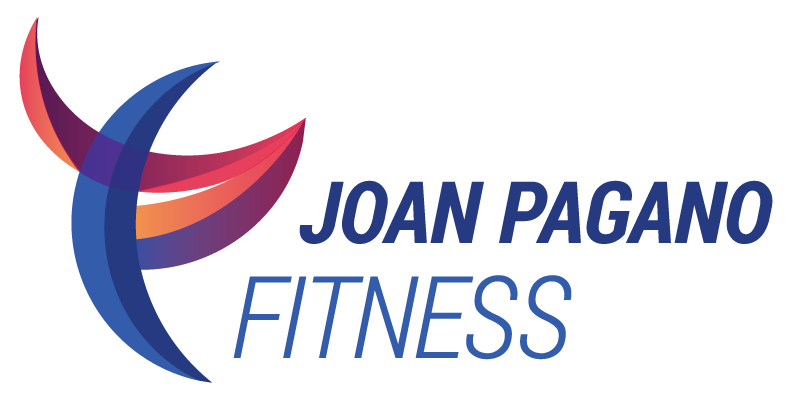It’s a Losing Battle of Weight Gain and Belly Fat
"I've gotten really frustrated by the changes in my body. I used to be able to get by with a regular exercise routine and watching my diet, but recently have gained weight and my body fat is redistributing, going right to my belly."
When you find your normal routine is no longer working, it's time to re-design the whole program and gear up for a new chapter in life. At any age, and at any level of fitness, your body will eventually adapt to a consistent level of exercise and stop improving because it doesn’t have to. With the aging process, it becomes more critical to re-evaluate your cardio and strength training workouts.
Why?
As you get older, changes in metabolism cause a slow-down in your body's ability to burn calories. Around age 40, most women start to lose bone and muscle mass causing a decrease in metabolism of about 3% every decade. Strength and weight training keep you lean by building muscle to rev up the metabolism. Lean body mass has a higher resting metabolic rate than fat, burning more calories as you breathe, digest food, and even as you sleep.
As muscles respond to resistance they become more defined or sculpted. Core training, for example, strengthens the muscles of the trunk to firm your torso, flatten your belly and trim your waistline. For best results, perform a variety of exercises that target your core from all angles. And, of course, do regular cardio exercise to reduce any overlying fat.
Midlife belly is caused by a combination of factors. Age is one part of the equation; hormones and stress also contribute. Abdominal fat is not only damaging to your silhouette, but can also damage your health profile. Fat found deep in the abdomen (visceral fat) is the culprit. The greater amount of fat in the abdomen, the greater amount that can be dumped into the bloodstream, contributing to high cholesterol levels and heart disease. Research shows that exercise reduces the size of fat cells in the belly more effectively than dieting alone.
What Can Be Changed?
If you are dedicated to your cardio routine, but not seeing results, then you need to ramp up your program by varying the length, intensity and frequency of your cardio workouts. No matter what your starting level, you can improve your results – lose weight, grow stronger, build heart health – by creating a mix of workouts.
The U.S. Surgeon General’s recommendation of 30 minutes of moderate cardiovascular activity most days of the week is the minimum to reduce an inactive person’s risk of heart disease, diabetes and other serious conditions. If you are just beginning to exercise, this is a good way to build a base.
To see improvement, vary your routine by creating a cycle of three workouts of different length and intensity. Do each of the workouts twice a week using any cardio activity. Be sure to include at least 5 minutes easy pace for both the warm up and cool-down. Use the “talk test” to gauge the intensity. During the warm up and cool-down, you should be able to converse comfortably.
- High Gear: 30 minutes total (including warm-up and cool-down), sustaining the fastest pace you can for 20 minutes, during which conversation requires quite a bit of effort. Starting off too fast may leave you breathless, so find a pace that you can maintain.
- Intervals: 45 minutes total, alternating between high intensity and recovery periods. Allow 10 minutes for the warm-up and 5 for the cool-down. For 30 minutes, do 5 intervals of 2 minutes each at high intensity (conversation requires a lot of effort) alternating with 4 minutes of recovery (converse with little effort).
- Long, slow distance: 60 minutes total. Use a steady moderate pace for the entire time, able to converse with some effort. If you can’t do it all at once, break it up into 10- or 15-minute segments throughout the day – you’ll still get the same benefits.
Not only is it fun to find innovative ways to shake up your normal routine, but all the body’s systems need to be surprised with diverse patterns of stress in order to continue to improve. Always remember to check with your doctor before becoming much more physically active.

